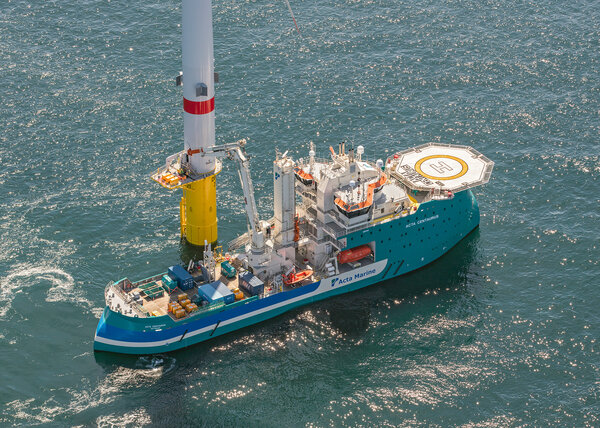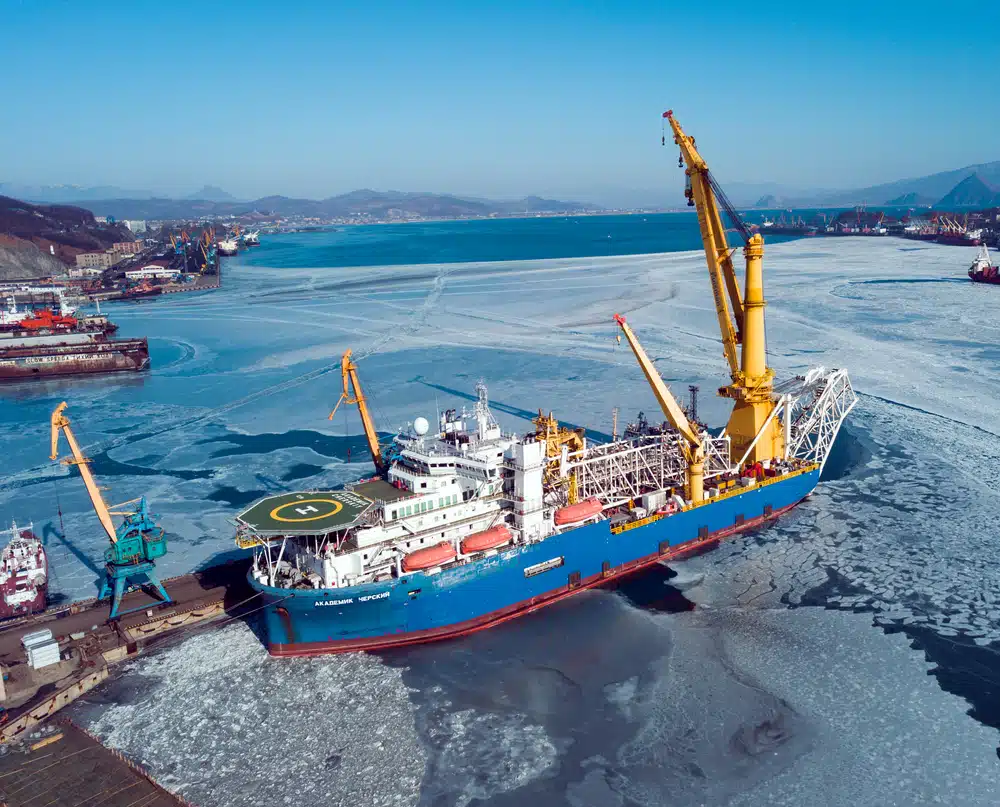



Metocean is a compound word combining "meteorological" and "oceanographic." It refers to the combined study and analysis of both weather (atmospheric) conditions and oceanographic factors such as waves, currents, and water properties that affect maritime operations and structures.
A Metocean report is a comprehensive document that provides detailed analysis of meteorological and oceanographic conditions for a specific location or region. It typically includes data on wind patterns, wave conditions, currents, water levels, and other environmental parameters, along with statistical analyses and operational recommendations.
A metocean buoy is a floating device equipped with various sensors and instruments that measure both meteorological and oceanographic parameters. These buoys collect real-time data on conditions such as wave height, wind speed, air and water temperature, current velocity, and other environmental factors crucial for maritime operations.